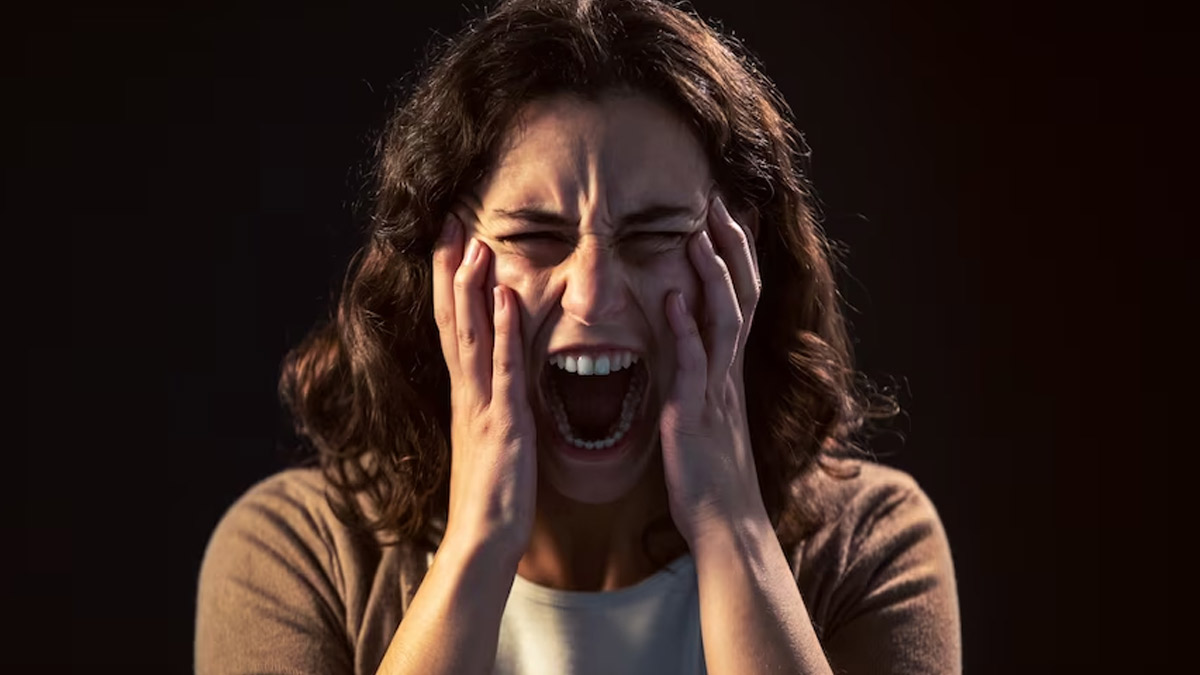
Panic attacks can be a terrifying and overwhelming experience, and if you've ever had one, you'll know just how distressing it can be. A panic attack is a sudden onset of intense fear, accompanied by physical symptoms such as sweating, shaking, and racing heartbeats. People who experience panic attacks can be triggered by a variety of factors, including stress, trauma, and even certain medications.
Table of Content:-
Ways To Control Panic Attacks
If you experience panic attacks frequently, it can have a significant impact on your daily life. You may find yourself avoiding certain situations or activities, fearing that a panic attack may occur. Fortunately, there are several easy ways to control panic attacks that can help you manage the symptoms and reduce the frequency and intensity of your attacks.
1. Practise Deep Breathing
One of the easiest and most effective ways to control a panic attack is to practise deep breathing. When we feel anxious, our breathing becomes shallow, which can increase our feelings of panic. By taking slow, deep breaths, we can calm our body and reduce our anxiety levels.
To practise deep breathing, find a quiet place to sit down and close your eyes. Take a slow, deep breath in through your nose, filling your lungs with air. Hold the breath for a few seconds, and then exhale slowly through your mouth. Repeat this process for several minutes, focusing on your breath and allowing your body to relax.

Also read: 8 Tips To Reduce Nausea Symptoms
2. Use Progressive Muscle Relaxation
Progressive muscle relaxation is a technique that involves tensing and relaxing different muscle groups in your body to reduce tension and anxiety. This technique can be particularly helpful if you experience physical symptoms during a panic attack, such as muscle tension or trembling.
To practise progressive muscle relaxation, find a quiet place to sit or lie down. Start by tensing the muscles in your toes and feet for a few seconds, and then relax them. Move on to your calves, thighs, abdomen, chest, arms, and face, tensing and relaxing each muscle group for a few seconds. Repeat this process for several minutes, focusing on the sensation of relaxation in your body.
3. Challenge Negative Thoughts
During a panic attack, it's common to experience negative thoughts and beliefs, such as "I'm going to die" or "I can't handle this." These thoughts can fuel feelings of panic and anxiety, making the attack feel more intense.
To challenge negative thoughts, try to identify the thought that's causing your anxiety and ask yourself if it's realistic or rational. For example, if you're having a panic attack while driving, you may think "I'm going to crash." Ask yourself if this thought is realistic – have you ever crashed before? Is there any evidence to suggest that you're likely to crash now? By challenging negative thoughts, you can reduce their power and help yourself feel more in control.
Also read: 8 Tips To Reduce Nausea Symptoms
4. Focus on the Present Moment
Panic attacks can be triggered by worries about the future or regrets about the past. To help reduce your anxiety, try to focus on the present moment. Pay attention to your surroundings, the sensations in your body, and your breathing. By grounding yourself in the present moment, you can reduce the intensity of your panic attack and feel more in control.

5. Seek Professional Help
If you experience frequent or severe panic attacks, it's important to seek professional help. A mental health professional can help you identify triggers for your attacks, develop coping strategies, and provide support and guidance as you work through your anxiety. They may also recommend medications or other treatments to help manage your symptoms.
Panic attacks can be a frightening and overwhelming experience, but there are several easy ways to control them. By practising deep breathing, using progressive muscle relaxation, challenging negative thoughts, focusing on the present moment, and seeking professional help, you can reduce the frequency and intensity of your panic attacks and take control of them.
Also watch this video
How we keep this article up to date:
We work with experts and keep a close eye on the latest in health and wellness. Whenever there is a new research or helpful information, we update our articles with accurate and useful advice.
Current Version